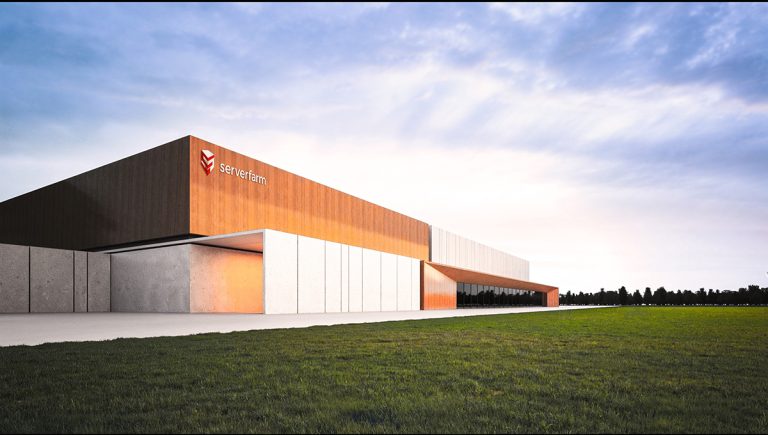As the global leader in DMaaS (Data Center Management as a Service), Serverfarm offers a robust data center management solution delivered through our award-winning cloud-based platform, InCommand. This DMaaS solution is a fully integrated service overseen and operated by trained experts in data center infrastructure and management.
Serverfarm’s DMaas powered by InCommand provides clients with remote access into their mission-critical infrastructure and data center assets. InCommand provides an FM NOC, offering consolidated alerts and alarms to streamline intelligent prioritization and resolution tracking. DMaaS powered by InCommand provides limitless room for clients to scale and innovate.









